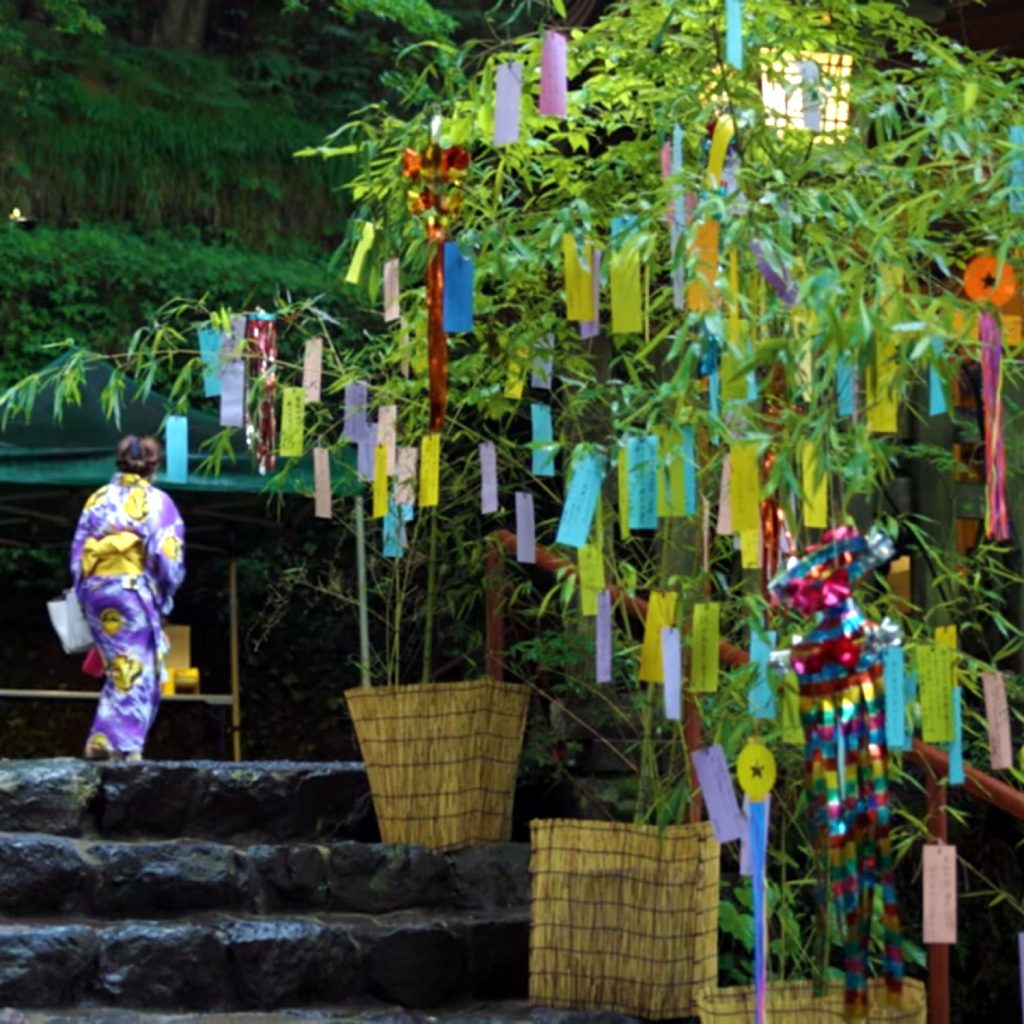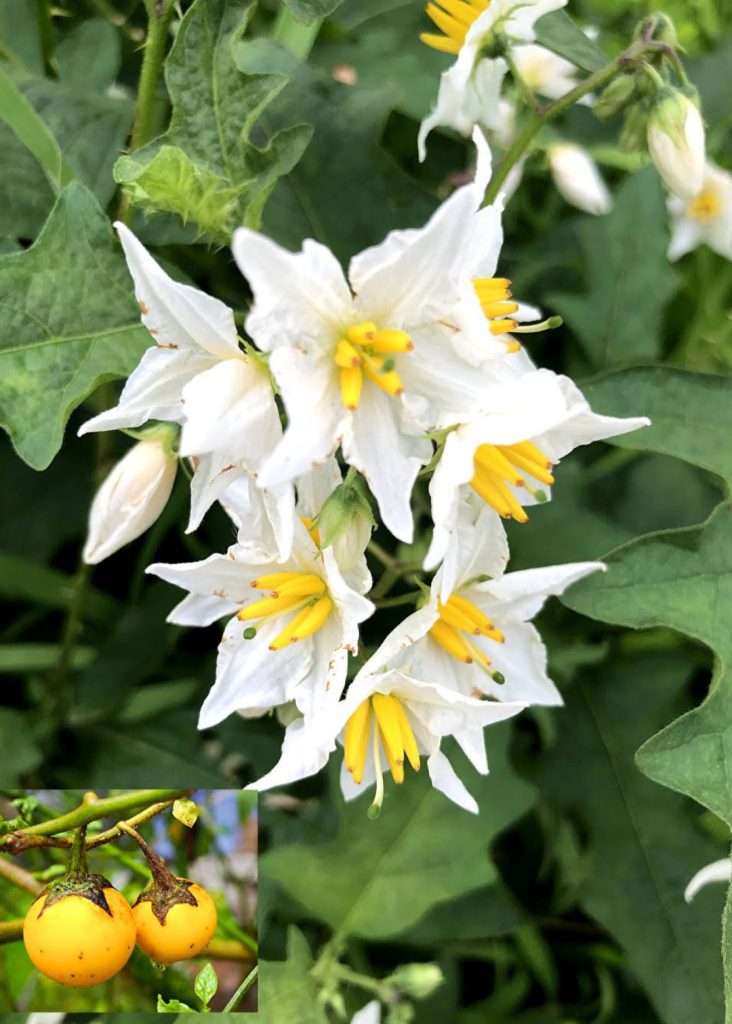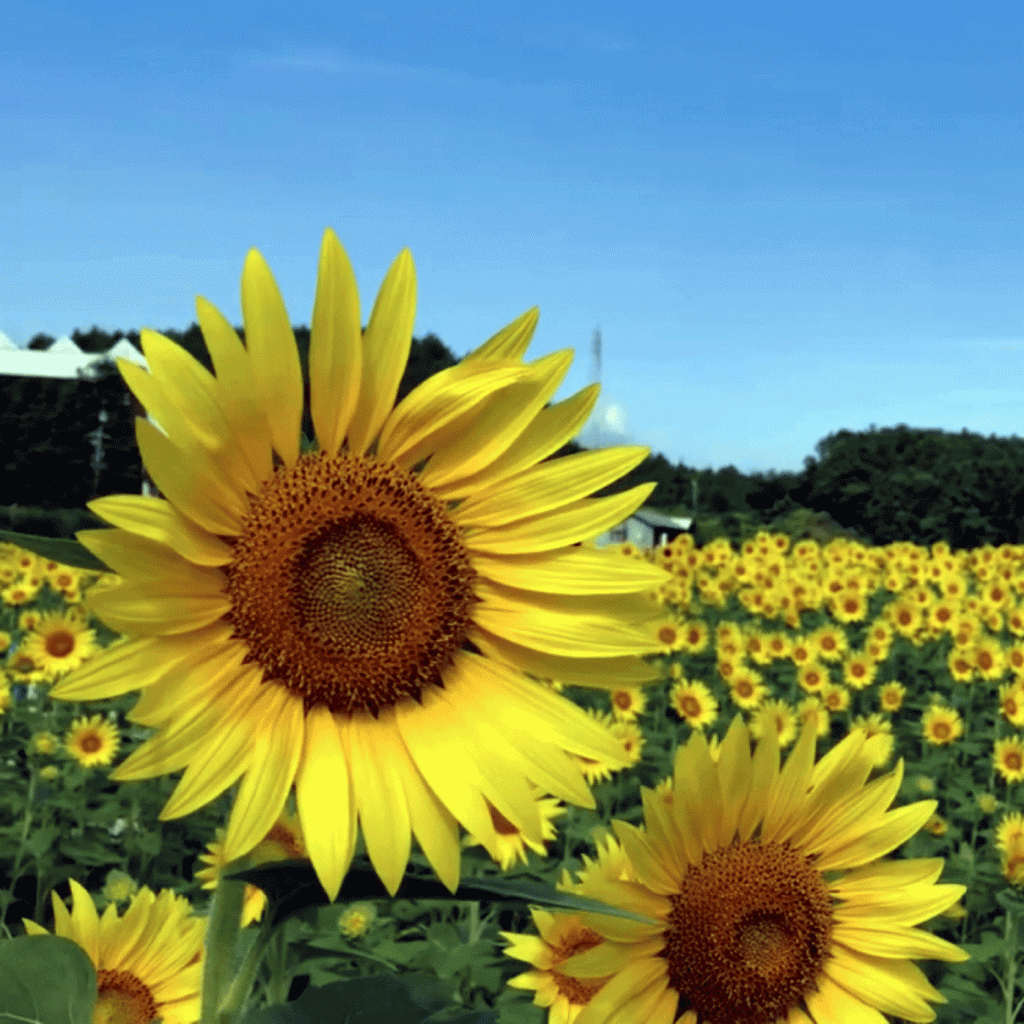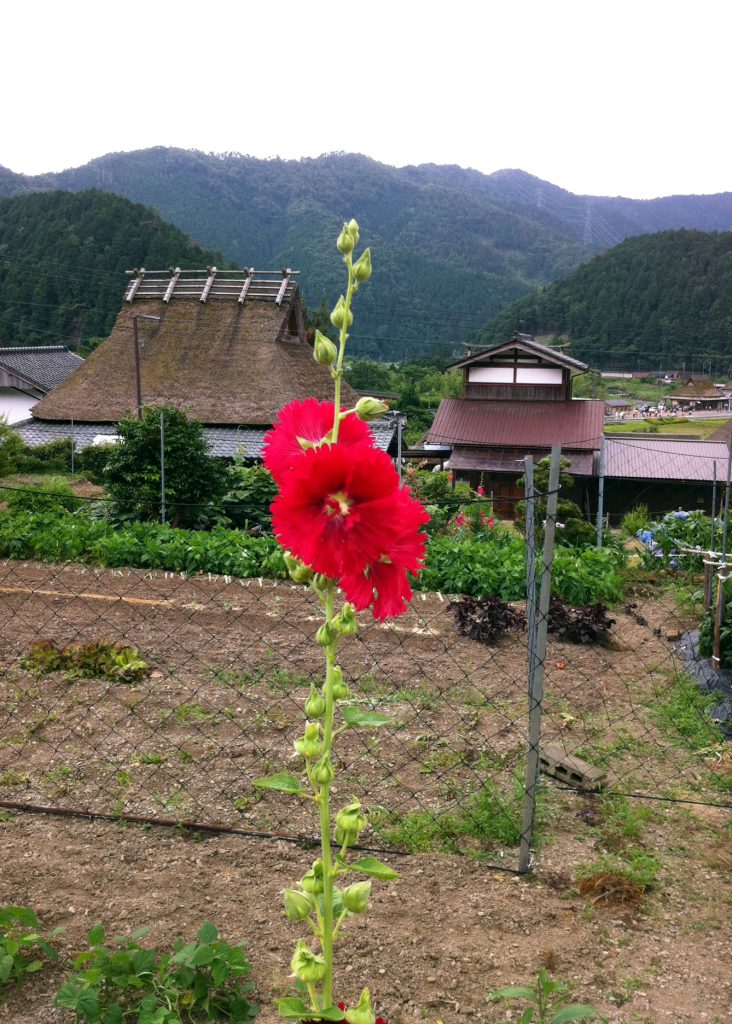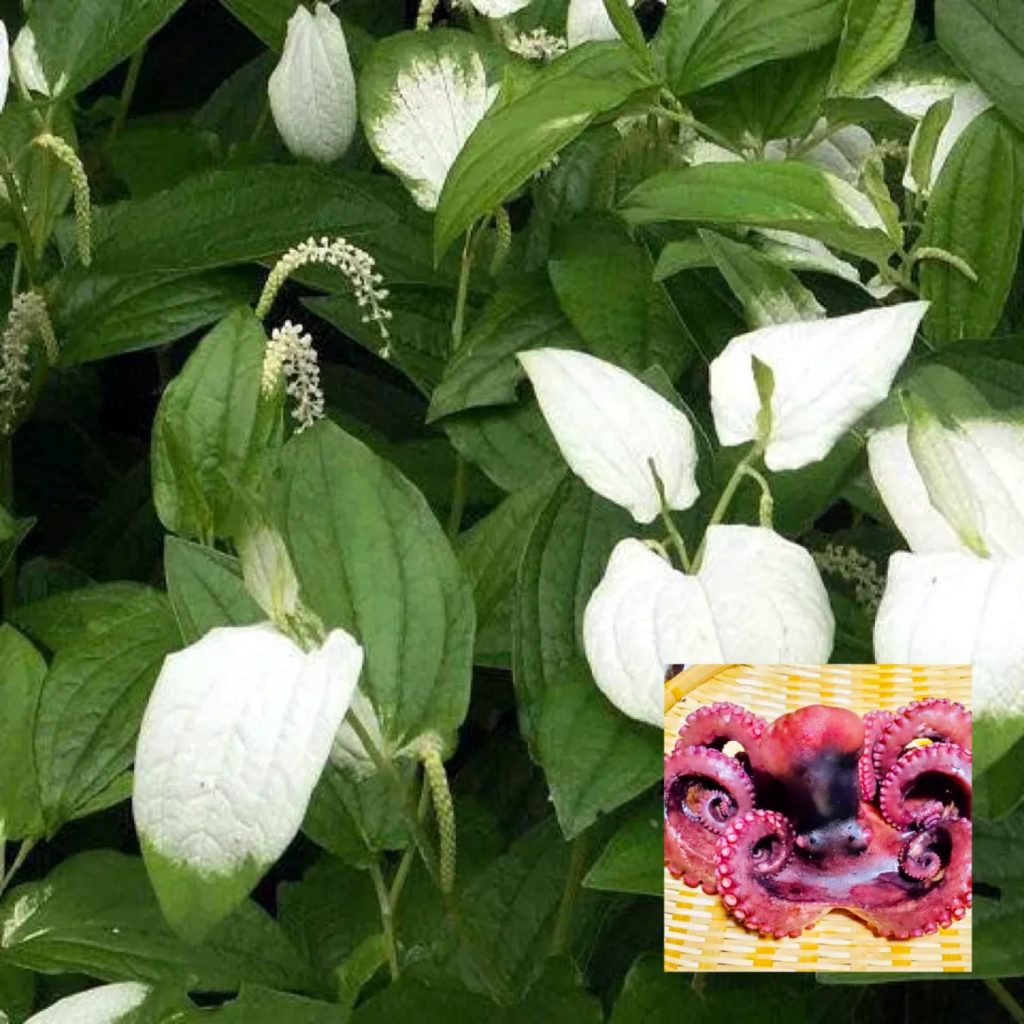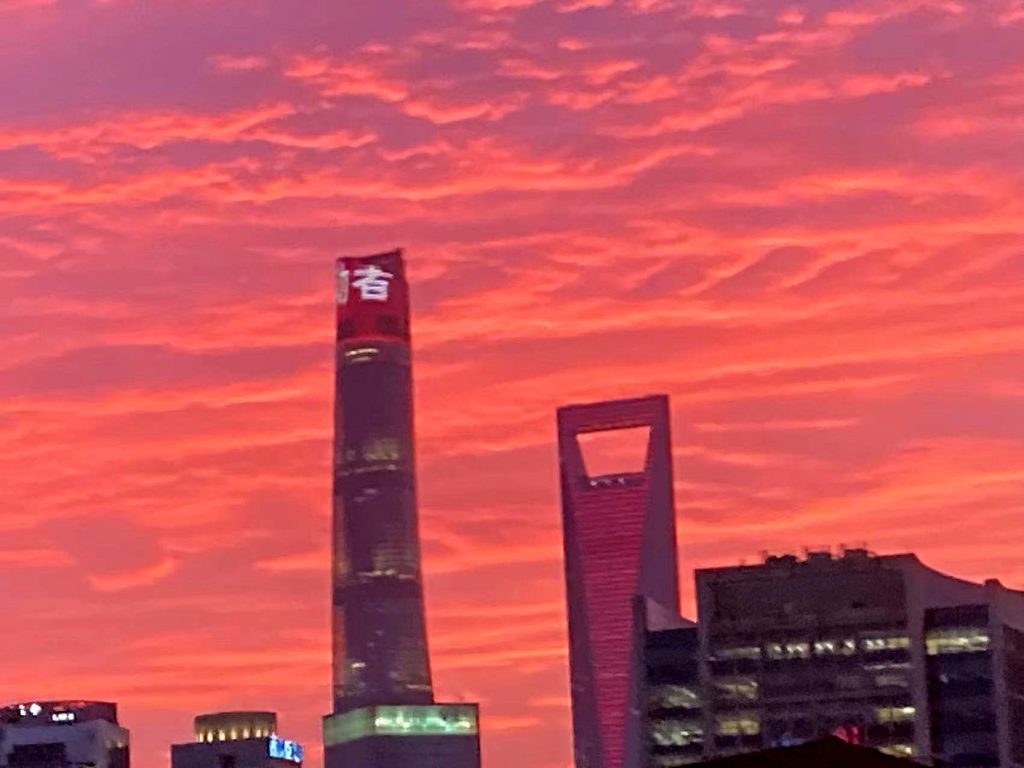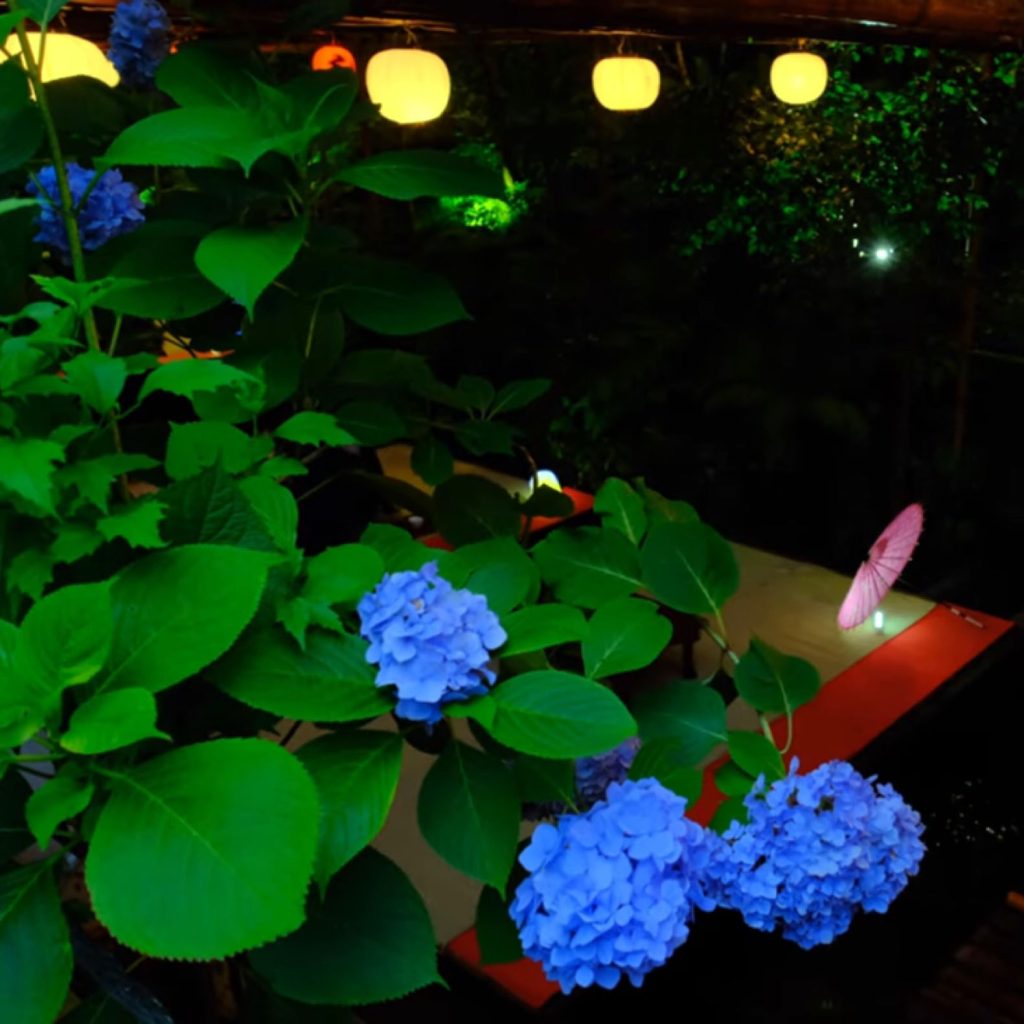
The thoughts that arise from looking at a single photograph vary from person to person. They reflect one’s worldview and way of life. Dream and illusion represent something ephemeral. It is a metaphor for the transient nature of things and a universal sentiment deeply rooted in the Japanese people. It also conveys the concept of impermanence, that there is nothing in the world that is eternal and immortal, everything is constantly changing and will eventually decay. The opposite of the ephemeral is the idea of infinity and eternity. In the Western world, infinity is represented by a straight line, seen as something that continues indefinitely, while in the Eastern world, it is represented by a circle, believed to endlessly revolve. The circle also symbolizes emptiness, reaching the highest state of mind in Zen Buddhism. Mathematically, emptiness is represented by a circle, in other words, zero. The numerals we use, known as Arabic numerals or calcurating numerals, are the only ones that survived among over 500 numeral systems created worldwide. Chinese numerals and Roman numerals are a few remaining examples, but they are not suitable for practical use because they lack zero. Arabic numerals, which include zero, were actually born in India, so they should be called Indian numerals. The birth of zero was accompanied by the representation of infinity and emptiness. Emptiness endlessly revolves in infinity and dream-like illusions.
一枚の写真を見て思い起こすことは人さまざまです。その人の人生観とか生き様が反映します。夢幻とはゆめとまぼろし、儚いことの喩えです。日本人の根底に横たわる普遍的な心情です。無常にも通じ、神羅万象、永遠不滅なものはなく、常に変化し、いつかは朽ち果てるという考えです。夢幻の対極に置いたのが無限、永遠という考えです。西洋は無限を直線で表象し、永遠に連続するものと考え、東洋は円で表象し、永遠に巡ると考えたのです。円は同時に無に通じ、禅宗においては最高の境地を表します。数学的には無は円、つまり0で表します。私たちが使っている数字はアラビア数字もしくは算用数字といいますが、世界で作り出された500以上の数字で唯一残ったのが算用数字です。漢数字、ローマ数字も残った数少ない数字ですが、実用には適しません。0がないからです。0があるアラビア数字は、実はインドで生まれたから本当はインド数字と呼ぶべきです。0が生まれた背景には無限の表象、無があったわけです。無は無限に、そして夢幻にと巡ります。

